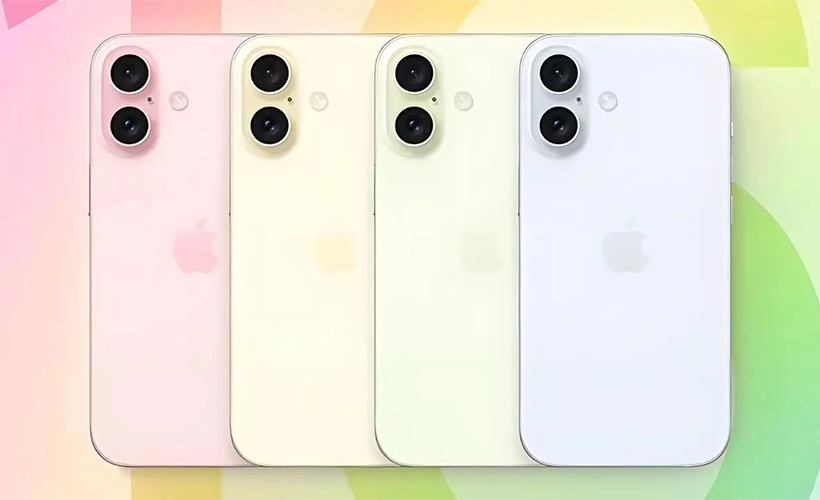
The iPhone 16 Plus May Be Apple’s Final Iteration of This model, According to analysts’ Forecasts
Reports suggest that Apple intends to eliminate the larger version of its standard iPhone 16 Plus from its lineup next year, opting instead for a new ultra-slim premium model, tentatively named the iPhone 17 Slim. This information comes from well-known analysts Ming-Chi Kuo of TF International Securities and Jeff Pu of Haitong International Securities.
If these predictions hold true, the iPhone Plus would join the iPhone Mini, which was launched in 2020 alongside the iPhone 12 and discontinued after the iPhone 13 Mini was released in 2021.
Apple frequently refreshes its iPhone offerings every few years. Over the past decade, the iPhone has seen various shape and size changes, from the original Plus models introduced with the iPhone 6 to the Mini, Max, and Pro Max variants.
While the specifics for the 2025 iPhone, likely named the iPhone 17, will not be revealed until September, there are logical reasons for Apple to consider phasing out the iPhone Plus. For instance, the larger standard iPhone may not be enticing enough compared to the Pro models. The trend of large-screen devices, once a novelty, has become commonplace over the last ten years.
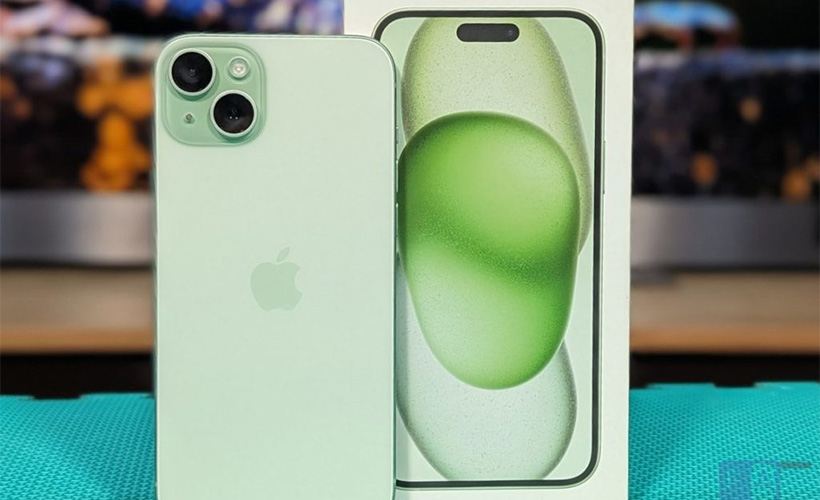
Kuo notes that the iPhone Plus represents only 5% to 10% of new iPhone shipments, suggesting that the existing models—standard, Pro, and Pro Max—sufficiently cover the high-end market, rendering the Plus model unnecessary.
Kuo notes that the iPhone Plus represents only 5% to 10% of new iPhone shipments, suggesting that the existing models—standard, Pro, and Pro Max—sufficiently cover the high-end market, rendering the Plus model unnecessary.
Data indicates that the iPhone Plus is not among Apple’s best-selling devices. Research firm Canalys reported that the iPhone 14 Pro Max and iPhone 15 Pro Max were among the top ten globally shipped phones in 2023, while none of the Plus models made the list. Similarly, Omdia’s findings showed that the iPhone 14 Plus did not rank among the top phones shipped in the first half of 2023.
Market analysts, including Le Xuan Chiew from Canalys, noted that consumer preferences lean toward larger screens, which may explain the lackluster performance of the iPhone 14 Plus. The iPhone Mini faced a similar fate, accounting for only 5% of new iPhone sales shortly after its release, leading to reduced production and eventual discontinuation.
The challenge for the iPhone Plus lies in its pricing; the $100 difference between it and the $1,000 iPhone Pro does not provide enough incentive for consumers, who often prefer the enhanced features of the Pro model, such as superior camera capabilities and advanced software features. This trend is especially pronounced as consumers are keeping their phones longer.
The iPhone 14 Plus and 15 Plus were launched during a period when large-screen phones were no longer as unique. Historically, devices like Samsung’s Galaxy Note series were notable for their expansive displays, prompting a shift in consumer preferences toward larger smartphones.
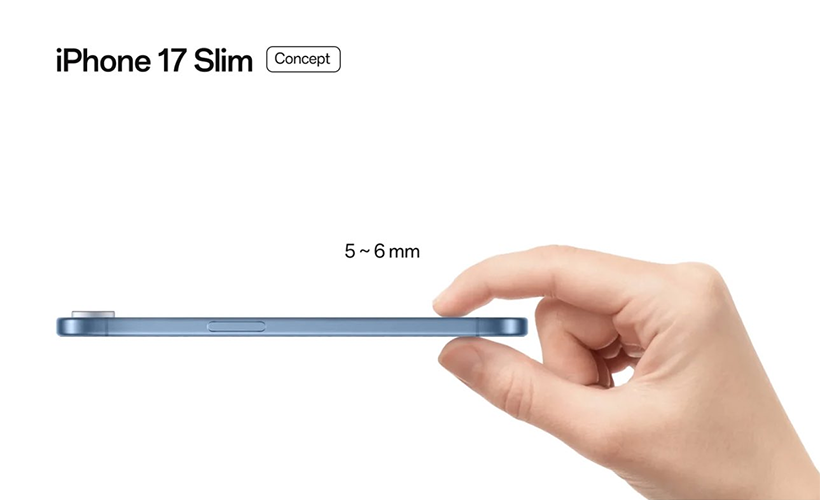
Regarding the potential iPhone 17 Slim, while it may face similar challenges as the iPhone Plus and Mini, it could attract attention if it offers a significantly slimmer design that feels distinct from existing models.
As purchasing habits have evolved, the monthly payment gap between the iPhone 15 Plus and the iPhone 15 Pro has narrowed, making the Pro model more appealing to buyers who often upgrade out of necessity rather than desire for new features.
Regarding the potential iPhone 17 Slim, while it may face similar challenges as the iPhone Plus and Mini, it could attract attention if it offers a significantly slimmer design that feels distinct from existing models. In the absence of foldable phones, the iPhone 17 Slim could rejuvenate interest in iPhone design.
The iPhone X serves as a relevant example; despite its higher price, it became the best-selling smartphone shortly after its release due to its innovative design. The iPhone 17 Slim is expected to be positioned as a new offering rather than a direct replacement for the iPhone Plus.
However, it may have limitations, such as featuring only one rear camera instead of the typical triple-camera setup found in premium models. Analysts like Chiew suggest that without significant differentiation, the iPhone 17 Slim may not stand out against the iPhone 14 Plus and Mini.
While the future of Apple’s iPhone lineup remains uncertain, various reports indicate that a thinner model could be introduced next year, suggesting that Apple may prioritize design innovation over simply increasing screen size.
Links
- Next Year’s Slim iPhone 17 Could Be an ‘iPhone Air’ – MacRumors
- Sell pre-owned Apple iPhone online – iGotOffer
- Everything About Apple’s Products – The complete guide to all Apple consumer electronic products, including technical specifications, identifiers and other valuable information.
iPhone 16 and iPhone 17 SLIM?! [Video]
Video uploaded by iJustine on August 6, 2024.



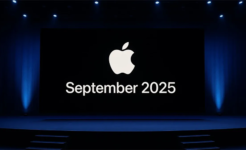
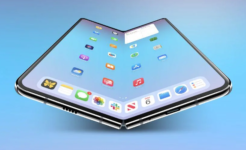

Facebook
Twitter
RSS